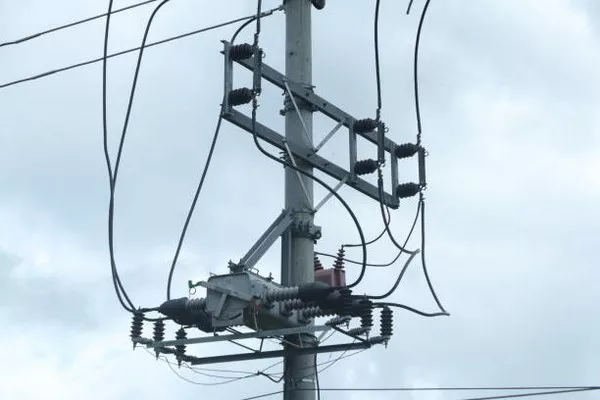High voltage transformers play a pivotal role in the efficient and reliable transmission of electricity across the power grid. These intricate devices are essential components that facilitate the step-up and step-down of voltage levels, ensuring the seamless flow of electricity from power generation plants to end-users. In this article, we will delve into the working principles of high voltage transformers, exploring their design, components, and the critical role they play in the power distribution system.
Basic Principles of Operation:
At its core, a high voltage transformer operates on the principles of electromagnetic induction, a phenomenon discovered by Michael Faraday in the 19th century. The transformer consists of two coils of wire – the primary coil and the secondary coil – wound around a common iron core. The primary coil, connected to the power source, generates a magnetic field when an alternating current (AC) flows through it. This magnetic field induces a voltage in the secondary coil, creating a transfer of electrical energy between the two coils.
Step-up and Step-down Transformers:
One of the primary functions of high voltage transformers is to either increase or decrease the voltage level of the electricity passing through them. A transformer designed to increase voltage is called a step-up transformer, while one that decreases voltage is known as a step-down transformer.
Step-up transformers are commonly found in power generation plants, where electricity is generated at a relatively low voltage. These transformers increase the voltage to a higher level, allowing for efficient long-distance transmission over power lines. On the other hand, step-down transformers are installed near distribution points and end-users, reducing the voltage to safe and usable levels for homes and businesses.
Transformer Core and Windings:
The core of a high voltage transformer is typically made of laminated iron or steel. The laminations help minimize energy losses due to eddy currents, improving the overall efficiency of the transformer. The primary and secondary windings are tightly wound around the core but electrically insulated from each other.
The number of turns in the primary and secondary windings determines the transformation ratio – the ratio of output voltage to input voltage. For a step-up transformer, the secondary winding has more turns than the primary winding, while in a step-down transformer, the primary winding has more turns.
Insulation and Cooling:
Given the high voltages and currents involved in transformer operation, proper insulation is crucial to prevent electrical breakdown. Transformers are often immersed in insulating oil, which not only provides electrical insulation but also serves as a cooling medium. The oil helps dissipate the heat generated during operation, maintaining the transformer within its temperature limits.
In addition to oil-immersed transformers, there are also dry-type transformers that use air or solid insulation. These transformers are commonly employed in indoor settings where the use of oil may be impractical or pose safety concerns.
Regulation and Control:
Transformers are designed to operate within specified voltage limits to ensure a stable and reliable power supply. Regulation refers to the ability of a transformer to maintain its output voltage within acceptable limits despite variations in the input voltage or load conditions. Transformers are equipped with tap changers, which allow for adjustments to the number of turns in the winding and, consequently, the output voltage.
Automatic voltage regulators (AVRs) may also be incorporated to continuously monitor and adjust the transformer’s output voltage. These control mechanisms ensure that the electrical power reaching end-users is maintained at the required levels, contributing to the stability of the power grid.
Efficiency and Losses:
While transformers are essential for the efficient transmission and distribution of electrical power, they are not without losses. Transformer efficiency is influenced by factors such as core losses, copper losses, and stray losses. Core losses, also known as iron losses, occur due to the magnetic properties of the core material, while copper losses result from the resistance of the windings.
Efforts to improve transformer efficiency include advancements in core materials, design optimization, and the use of high-conductivity copper or aluminum for the windings. Additionally, smart grid technologies and innovative monitoring systems contribute to better load management, reducing overall energy losses in the power distribution network.
See Also How Do Isolation Transformers Work
Conclusion:
High voltage transformers are the unsung heroes of the power grid, enabling the efficient and reliable distribution of electricity from power plants to homes and businesses. Their intricate design and operation based on electromagnetic principles make them indispensable components of the electrical infrastructure. As the demand for electricity continues to grow, ongoing advancements in transformer technology will play a crucial role in enhancing grid resilience, minimizing losses, and ensuring a sustainable and stable power supply for the future.

